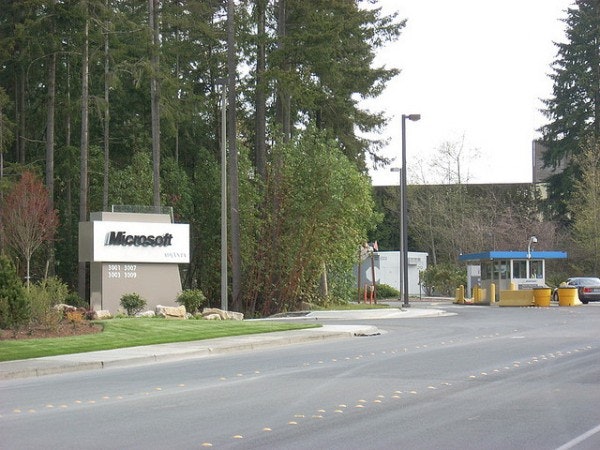Any investor’s quest for technology’s next big thing will turn up speech recognition. And it may be the next big thing, but the problem is finding a pure play—a firm whose financial success is wedded to the success of speech recognition technology.

Why speech recognition? Most people use a keyboard to input text, but without training they are unlikely to type faster than 40 words per minute. But speech recognition lets you dictate the text by speaking it aloud: you decide what to say, you say it, and it appears on the screen. You can input 120 words per minute, with no danger of carpel tunnel syndrome. This is the big leagues compared to telling your smartphone who to call (although similar technology is involved) and it used to demand high-end desktop computers. Today, thanks to Moore’s Law, anything bought new will do a good job.
Pure play: Nuance
The closest thing to a pure play in speech recognition would be Nuance Communications Inc. (NASDAQ:NUAN), whose Dragon NaturallySpeaking desktop speech recognition software (which lets you give dictation to your computer, as well as control it with spoken commands) has been widely advertised. There are versions for both the PC and Macintosh.
Nuance, headquartered in Burlington, Massachusetts, is a 20-year-old, 12,000-employee company that has shown healthy revenue growth for the last three years, from $1.12 billion in fiscal 2010 to $1.3 billion in 2011 to $1.65 billion in 2012. Net income has shifted from a $20,000 loss in fiscal 2010 to a $38,000 profit in 2011 to a $207,135 profit in 2012. Besides its retail offerings for the desktop, it also licenses its technology for various transcription and mobile messaging services and third-party products. Nuance Communications Inc. (NASDAQ:NUAN) technology is reportedly behind the Siri interface of the Apple iPhone. Nuance has also diversified into optical character recognition and imaging (for paper input), which amounts to about 12% of its revenue, and has licensed that technology to office printer vendors.
In its two decades in speech recognition Nuance has bought up or merged with most competitors (especially the Belgian firm Lernout & Hauspie in 2001), or acquired the rights to competing products (especially IBM’s ViaVoice dictation software for the PC, in 2003.) It has also gone through three name changes, most recently in 2005.
What’s not to like? Well, the stock behaves like it’s over-hyped, and lately it’s been in play. Good as its growth figures looked when the latest quarterly results came out in February, theyfell short of expectations and the stock price fell 18.5% to $20. It rose only pennies until it came out (on April 1) that Carl Icahn had acquired 9.3% of its shares. Then it jumped more than a dollar—and soon began sagging downward. In the spring of 2012 the price was flirting with $27. Also, the P/E ratio is 38.6.
Microsoft gives it away
And then there is the troubling fact that when it comes to desktop speech recognition, Nuance’s best-established competition is a product that is given away free, by no less than Microsoft Corporation (NASDAQ:MSFT). Microsoft Corporation (NASDAQ:MSFT) founder Bill Gates was a great believer in speech recognition, and it’s a little-known fact that Microsoft Windows has a perfectly good built-in speech recognition system. (Windows is not really given away free, of course, but since it comes bundled with a PC its price is not apparent.)
If you’re sitting at a Windows PC, click Start and then Control Panel and then Speech Recognition. Have fun dictating. The Microsoft speech recognition system does not have all the features available in Nuance’s Dragon NaturallySpeaking software, but is perfectly adequate for composing text. (First, however, you’ll need to supply your own headset microphone. Nuance supplies a very good one with Dragon NaturallySpeaking, and this amounts to another competitive advantage).